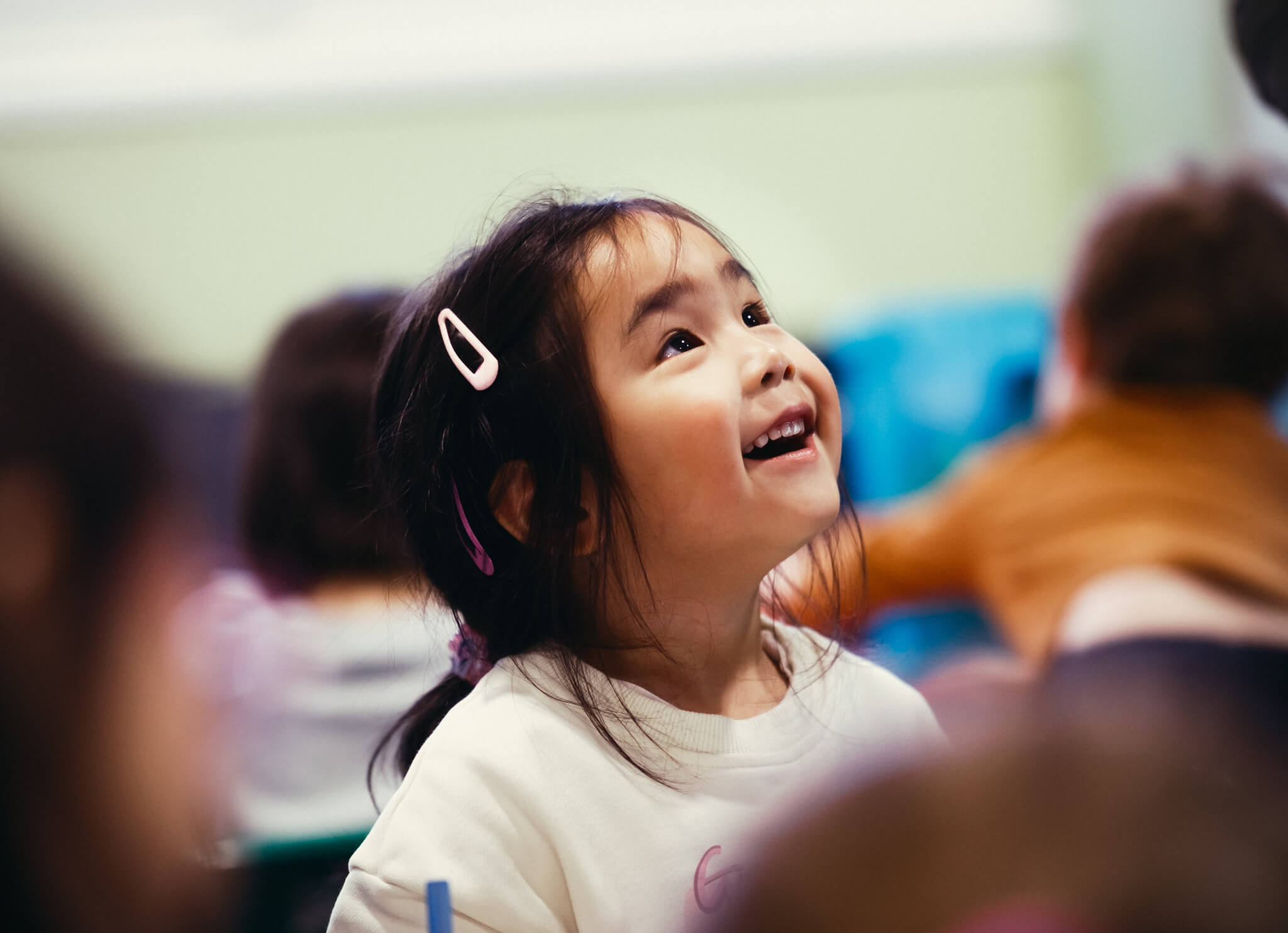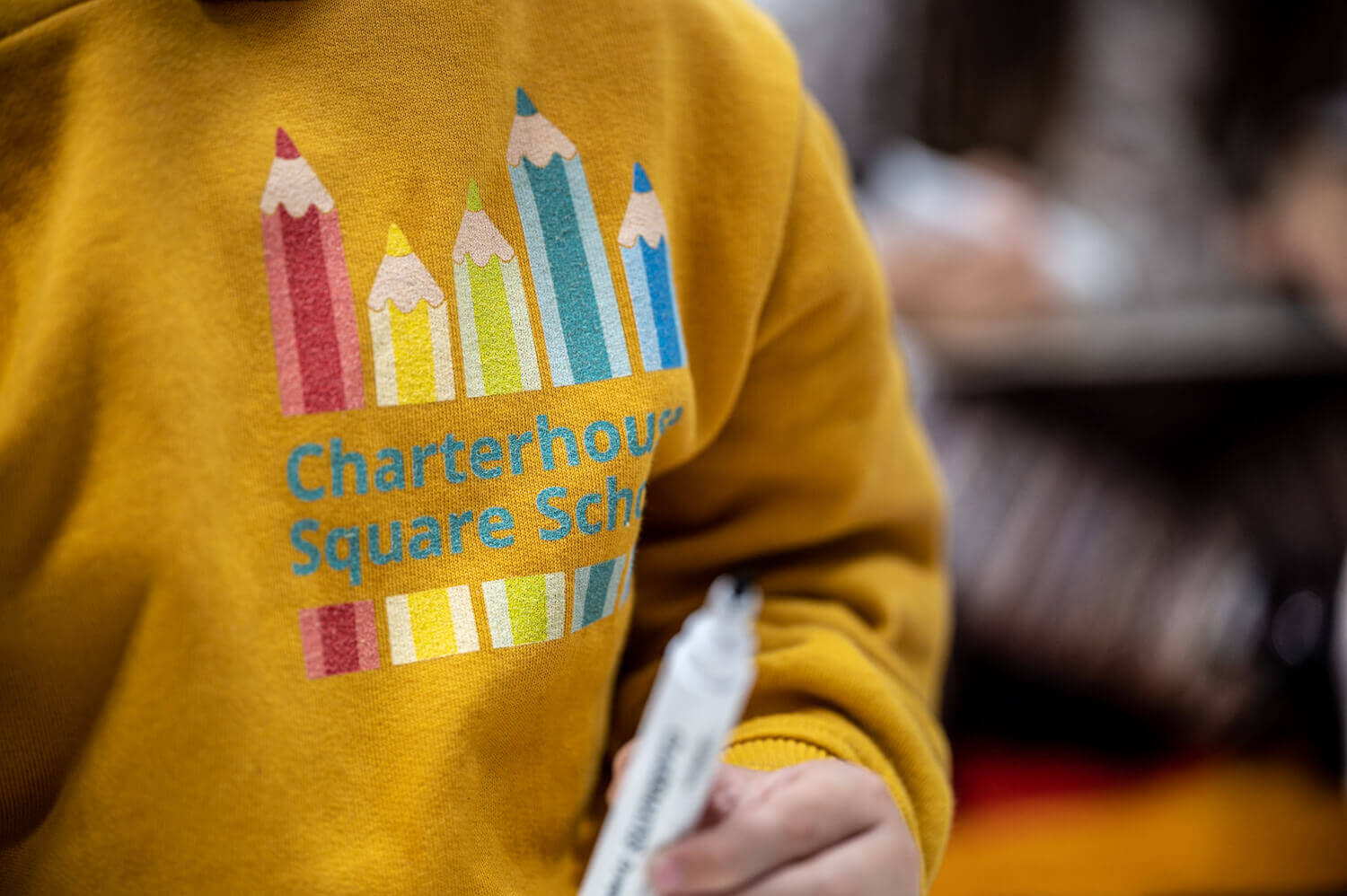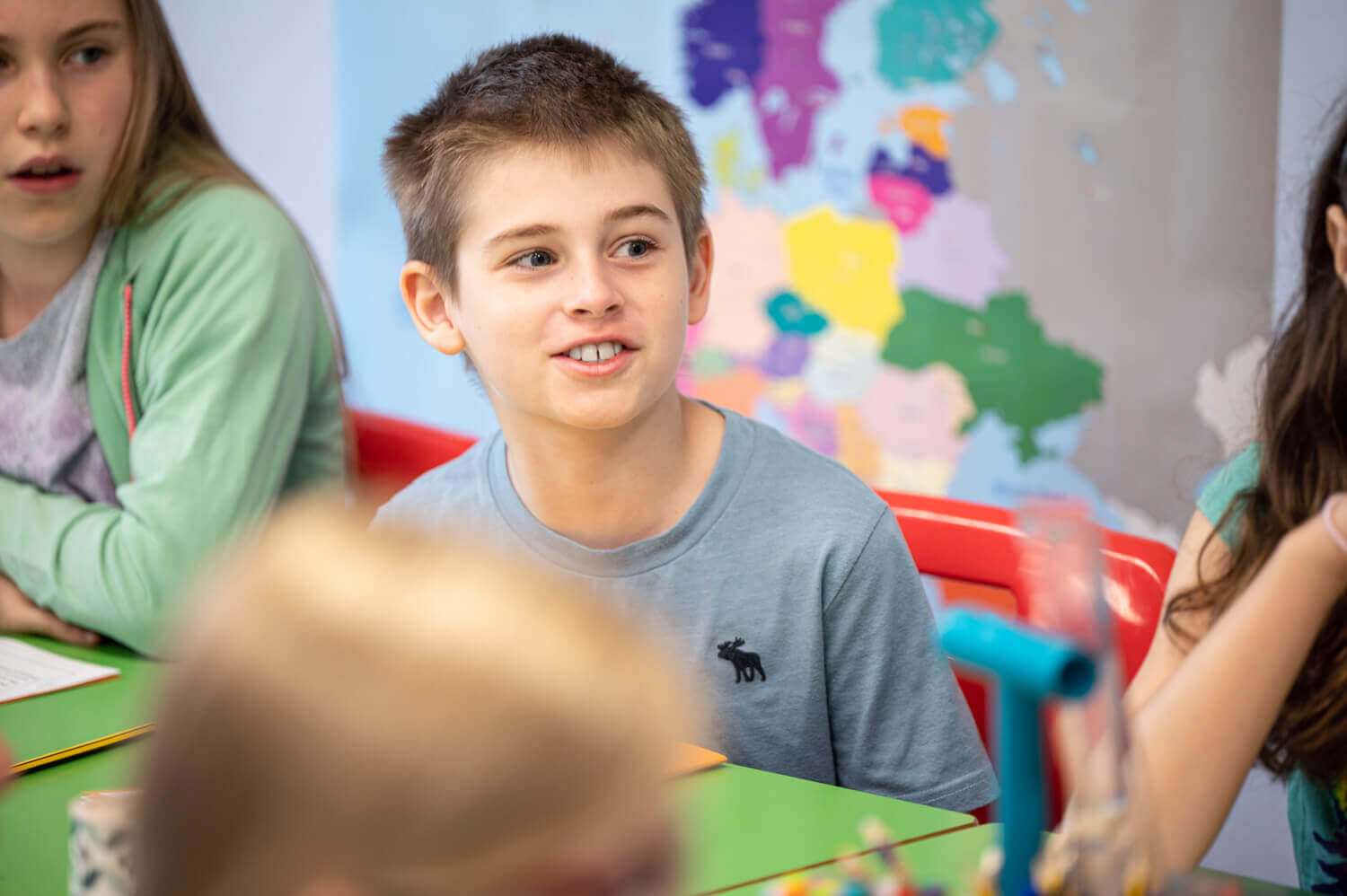Upper House: for children aged 8 - 11
As our children enter their final years at Charterhouse Square School, we continue to empower them to make excellent academic progress as they prepare for life in secondary school.
During the key years for exam preparation, the children continue to focus highly on the core subjects of Literacy and Maths, while still maintain a diverse curriculum, which includes the creative subjects and PE.
In the first term of the Star Room (Year 6), our oldest pupils spend time honing their exam technique by practising past papers, practising their interview skills and shifting to more independent learning.
Jump down to:
CURRICULUM
A curriculum blending breadth and depth.
We take immense pride in offering a well-rounded curriculum that blends both breadth and depth. Our approach to education extends beyond the fundamentals of Literacy and Maths, ensuring that our pupils receive a holistic and enriching learning experience. This includes engaging lessons in Science, History, Geography, Art and PSHE. Our pupils also benefit from specialist teaching in Spanish, Music, Dance, and Drama.
We understand the importance of physical activity for our children’s physical and mental health and wellbeing. Therefore, a significant part of our curriculum is devoted to PE, including swimming, games, and tennis sessions.
We place a strong emphasis on oracy and nurturing essential skills through activities like debating, philosophy for children, and discussions on current affairs. Our pupils develop strong communication skills and even serve as tour guides on Viewing Days, gaining valuable experience in speaking with unfamiliar adults. We are immensely proud of the confidence with which our children can speak to each other and adults.
A thorough and varied education.
Character Development
Every child has the chance to shine.
Our oldest children, in Years 5 and 6, also benefit from a weekly session looking at current affairs and spend time as ‘buddies’, mentoring our youngest children in the Nursery.
To celebrate the end of their time at Charterhouse Square School the Year 6 children are taken on a four-day residential trip, where further life skills are explored and developed.
We want to equip our pupils with the confidence and resourcefulness that prepares them to grow, thrive and find their success in a fast-changing world.
Extra Curricular
| Current clubs on offer: | |
|---|---|
| Art | |
| Football | |
| Chess | |
| Table Tennis |
Clubs on offer for our Upper House children are run by our dedicated staff.
Before and After School Care is offered to all year groups from 8am to 6pm in term time and includes plenty of fun activities.
A Holiday Club also runs for most of the school holidays from 8.30am 5.30pm. It includes outings, art and craft activities, and sports.
We also offer an externally run Fencing club and there are opportunities to audition for the Choir.
Available from 8am - 6pm
This is offered to all year groups.
Our Breakfast Club runs before school everyday from 8-8:45am.
Club House runs after school everyday from 3:30-6pm.
A Holiday Club will also run for most of the school holidays from 8.30am 5.30pm.
Your Child's Journey
Children who join Charterhouse Square develop their confidence and gain a genuine love for learning, starting them on the path to success.
See where a Charterhouse Square education can take your child.
Every year, our pupils secure places at some of London’s most respected senior schools – from City of London and Highgate to Alleyn’s, JAGS and UCS. But it’s not just about academic success; it’s about confidence, readiness, and the right next step for every child.
Discover our recent 11+ outcomes, scholarship awards, and the schools our children move on to in our latest destinations brochure.



